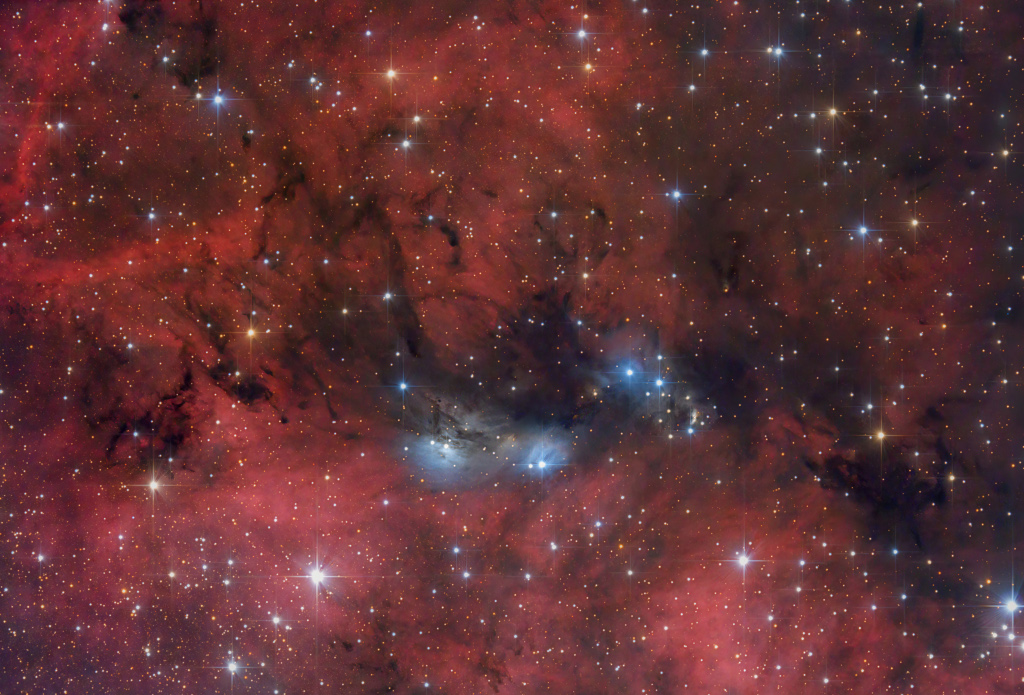
Within the tempestuous Carina Nebula lies “Mystic Mountain.” This three-light-year-tall cosmic pinnacle, imaged by Hubble in 2010. via NASA https://ift.tt/RMZf1Ge

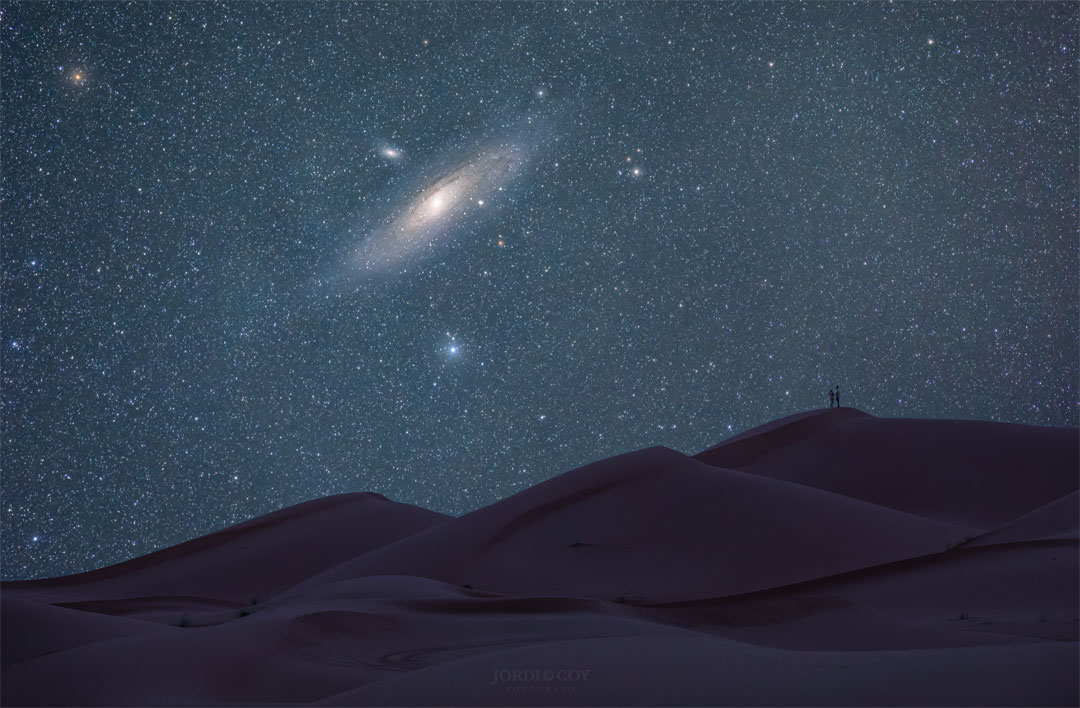
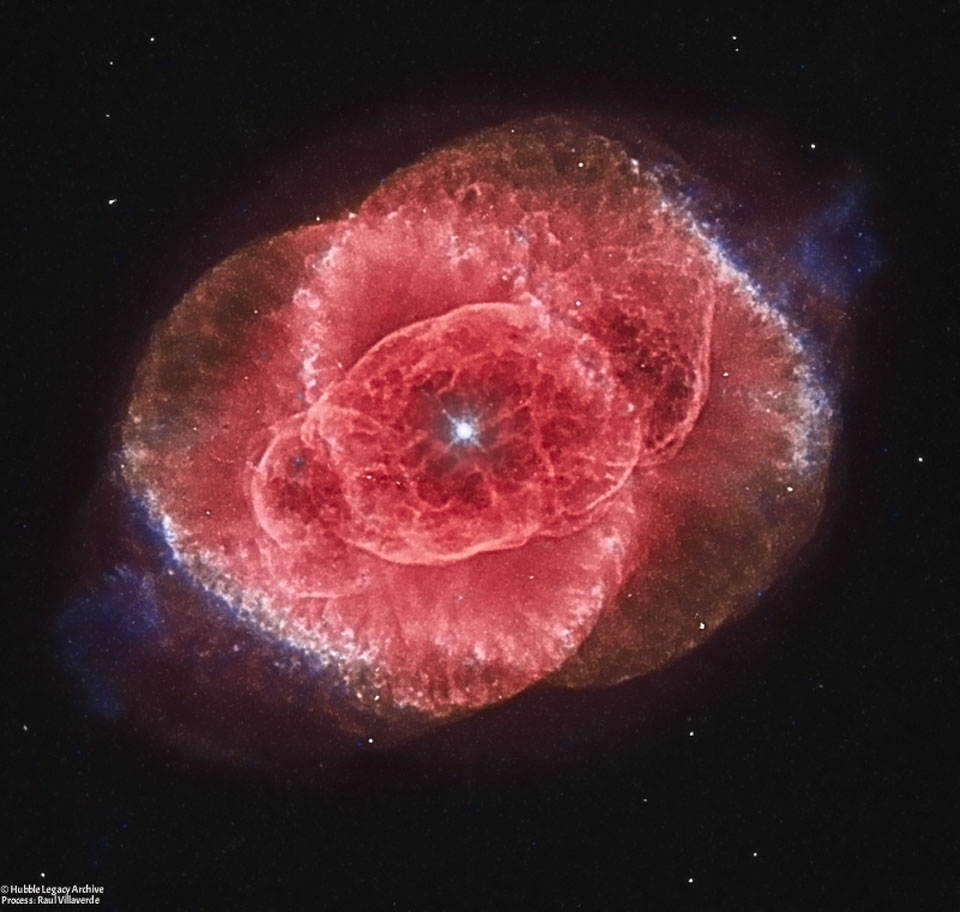
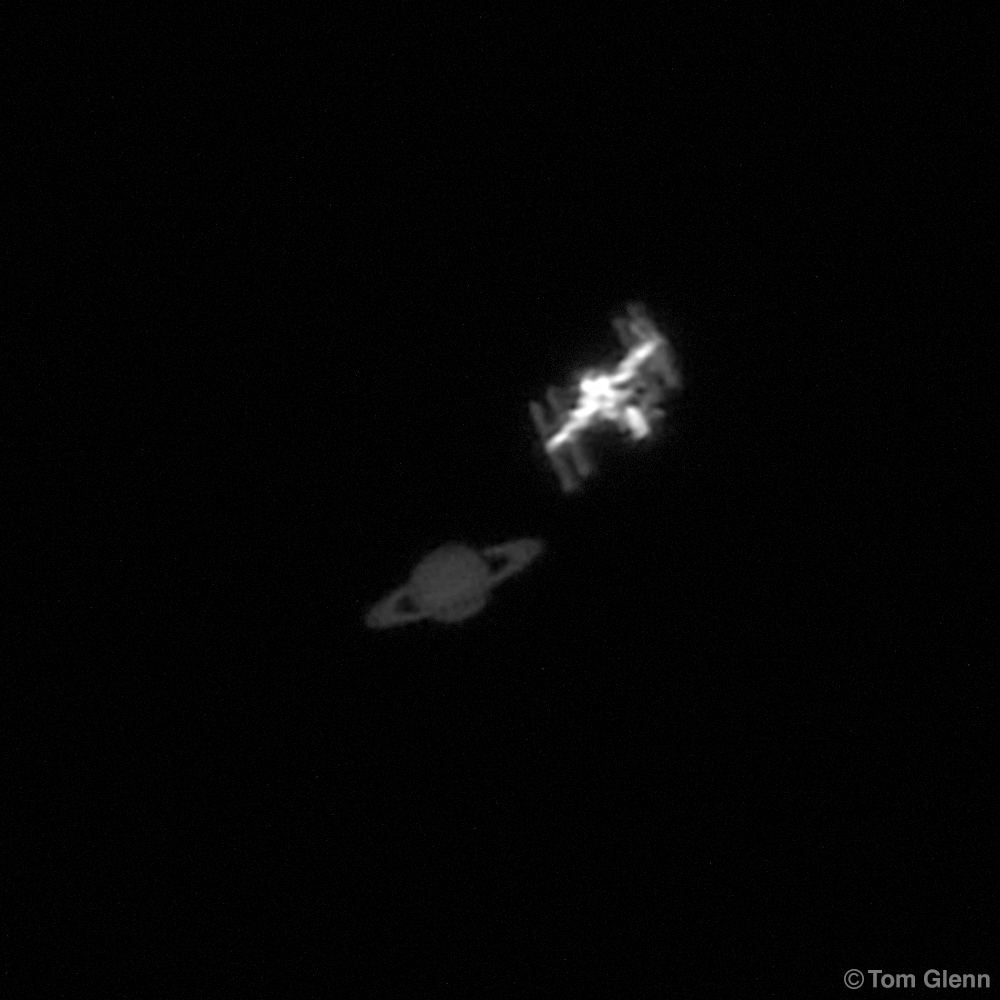
NASA and SpaceX are targeting 8:44 p.m. EDT Thursday, July 14, to launch the agency’s next investigation to monitor climate change to the International Space Station.
from NASA https://ift.tt/pnjwJRq
via IFTTT

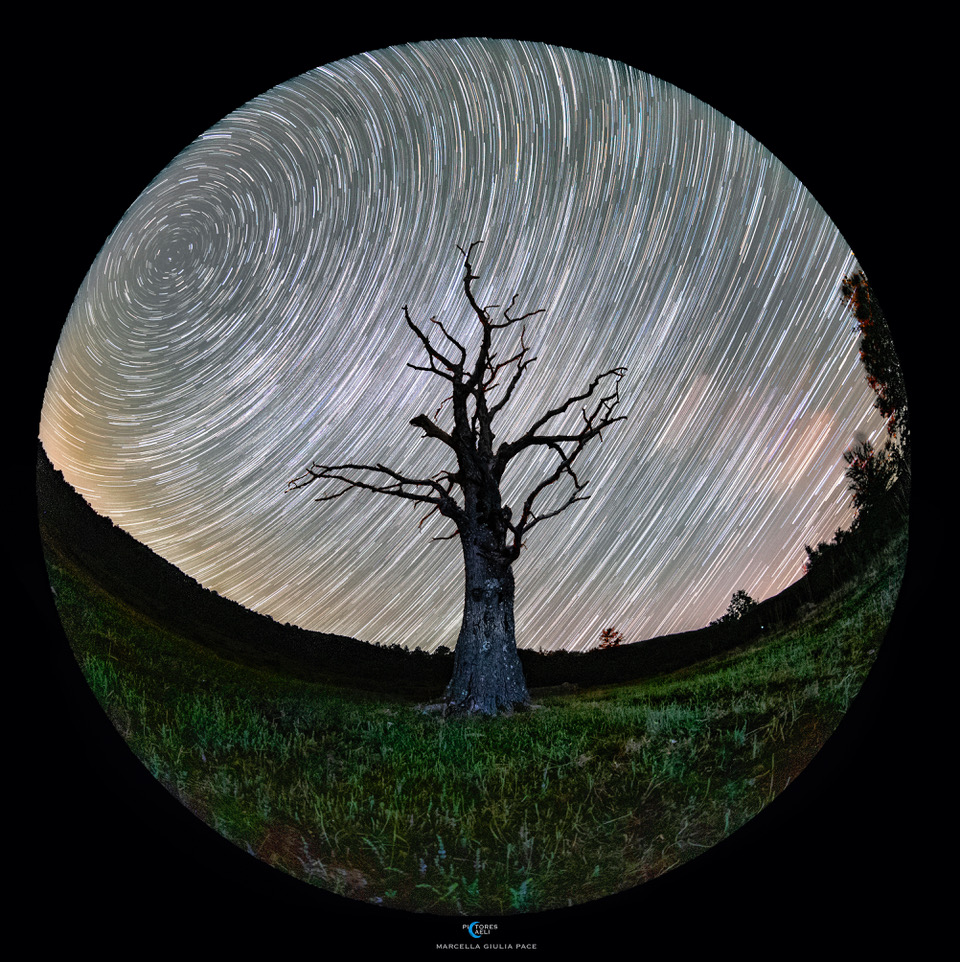
NASA, in partnership with ESA (European Space Agency) and CSA (Canadian Space Agency), will release the James Webb Space Telescope’s first full-color images and spectroscopic data during a live broadcast beginning at 10:30 a.m. EDT Tuesday, July 12, from NASA’s Goddard Space Flight Center in Greenbelt, Maryland.
from NASA https://ift.tt/CVnQ6ak
via IFTTT

